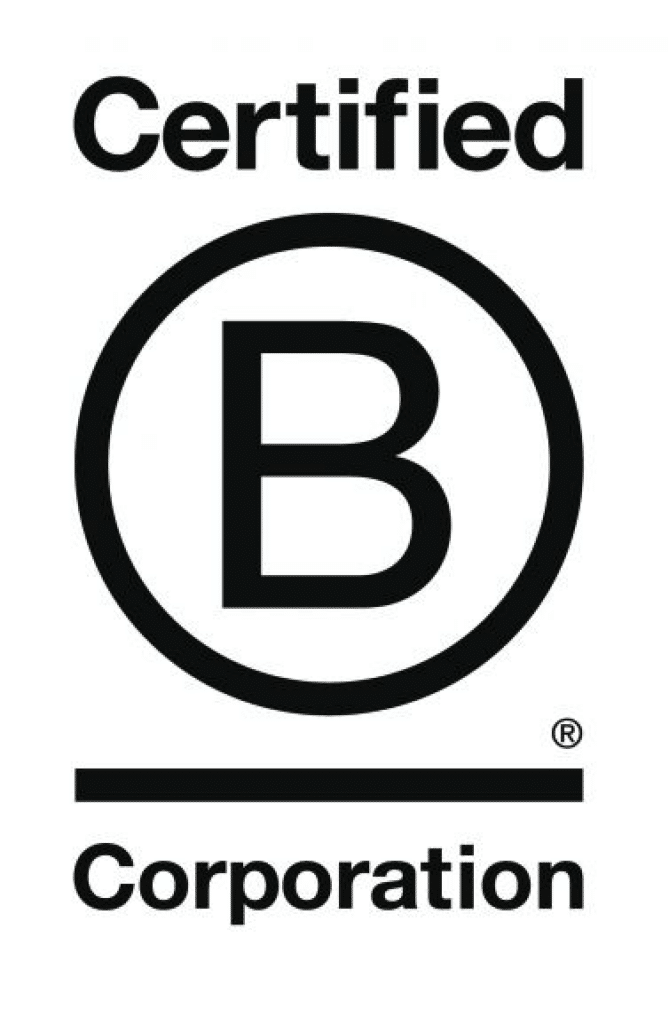How to provide Employee Mental Health Support on the most miserable day of the year.
It’s a known phenomenon. The third working Monday of the year. No need to paint a picture, we’ve all been there. It’s a bumper day for applicants if you’re advertising vacancies; the corollary is that it’s also a bumper day for your team to start their “new job” wheels in motion. That’s the subject for another article covered ad nauseum today.
But how can you spot the difference between normal Monday morning blues and the onset or impact of employee mental health concerns? And what can you do about it? The truth is, it’s pretty much impossible to do as a standalone thing on one day of the year. Encouraging good employee mental health is something that has to happen as a core part of your people strategy, must have authenticity and should be a constantly reinforced behaviour across the whole business.
The good news is that it’s never too late to start with your employee mental health strategy. The bad news is that there really isn’t an off the shelf solution and you’re going to have to do some focussed work to make your organisation fit.
As always, our articles are geared towards SMEs where support is harder to come by.
Evidence-based research (mentalhealth.org.uk) has identified ten ways that mental health can be improved. The ten things to focus on are:
- Talk about your feelings
- Keep active
- Eat well
- Drink (alcohol) sensibly
- Keep in touch – work in a supportive team
- Ask for help
- Take a break
- Do something you’re good at
- Accept who you are
- Care for others
It’s not hard to see how you can build these areas into everyday conversation with your team. You could create sub-teams with a monthly goal to come up with one way that they feel would improve everyone’s life – one of our clients calls this “Pay It Forward”. It’s a good idea to lead by example, so make the first move yourself if you’re a leader. People who have overcome mental health challenges might be a good starting point, providing they are prepared to discuss their journey to better health.
Practical steps you can take
Straight away…
Focus on some light-hearted activities to create a sense of fun and pleasure. It won’t solve the problem but may provide some much-needed distraction and may help to remind people why they’re with you. You could…
- Organise a picnic lunch or order in pizzas
- Encourage a team walk – maybe download a local scavenger hunt
- Showcase a recent success – spontaneous and authentic
Over the next month…
Make sure team communications are up to scratch with regular cross-functional updates so that people feel connected to each other’s activities and less insular.
Work on company-wide communications to celebrate victories and share problems
Sign up with an Employee Assistance Programme (EAP) which offers support over the phone to people who need it
Look at workload in terms of both volume and achievement. People don’t come to work to do a bad job, and an early indicator of employee mental health problems can be a downturn in performance. Who is managing easily, who is struggling, why? Where do excuses regularly come from? How do managers talk about their team? Find patterns of behaviour and don’t leave it until next month or the month after to tackle concerns.
Over the next three months…
Focus on training and development to give people a sense that they have a future career with you and that they are adding to their professional capabilities. Start with a round up of what people need to learn to drive the business forward, carry out a skills matrix analysis and find the gaps. Talk about what people want to learn, too. This is particularly important for leadership and management training, which is often neglected. Investing in a course that will help your managers to spot the signs of employee mental health problems and knowing what to do about it is one of the most valuable things you can do.
Over the next six months…
Get that training plan into action! You could also look at some more in-depth training specifically in employee mental health. These are relatively expensive courses and the knowledge goes when the employee goes, so it’s important to align this with a company mental health strategy that you can roll out across the business. It needs to be clear and concise, with guidelines and signposts on what to do if you feel a colleague has or is developing a problem.
The most important thing you can do, though, is be clear that you and your business understand and acknowledge that the world is moving and changing faster than at any point in history, and this is a difficult thing for us humans to cope with. We’re demanding a lot from our employees, we can help them to be a success just by tweaking the dials of how we support them.


